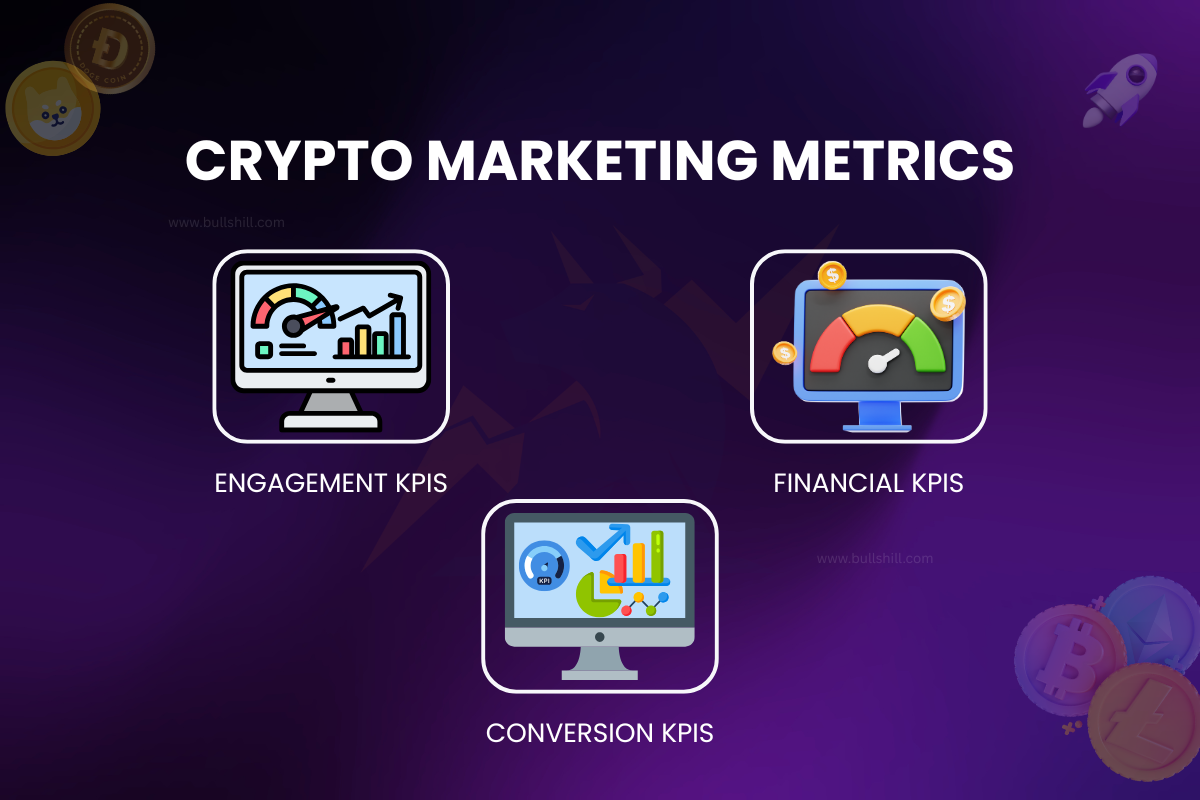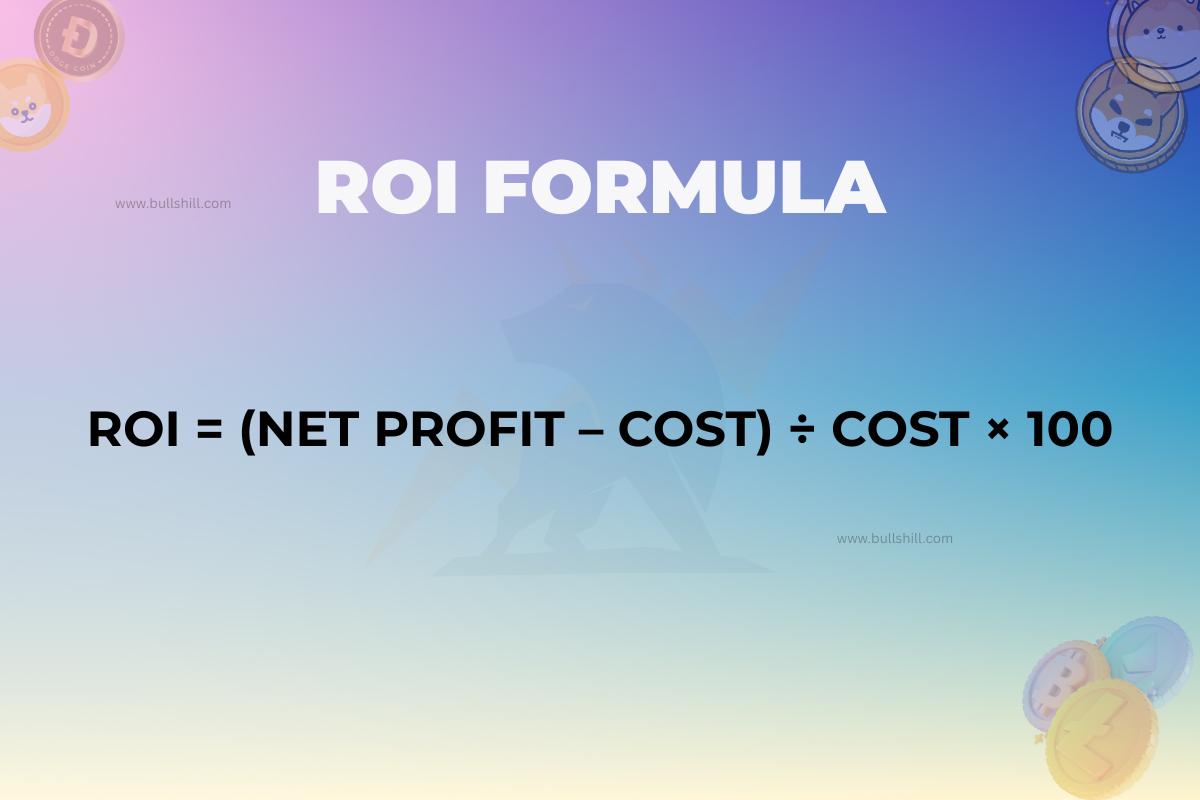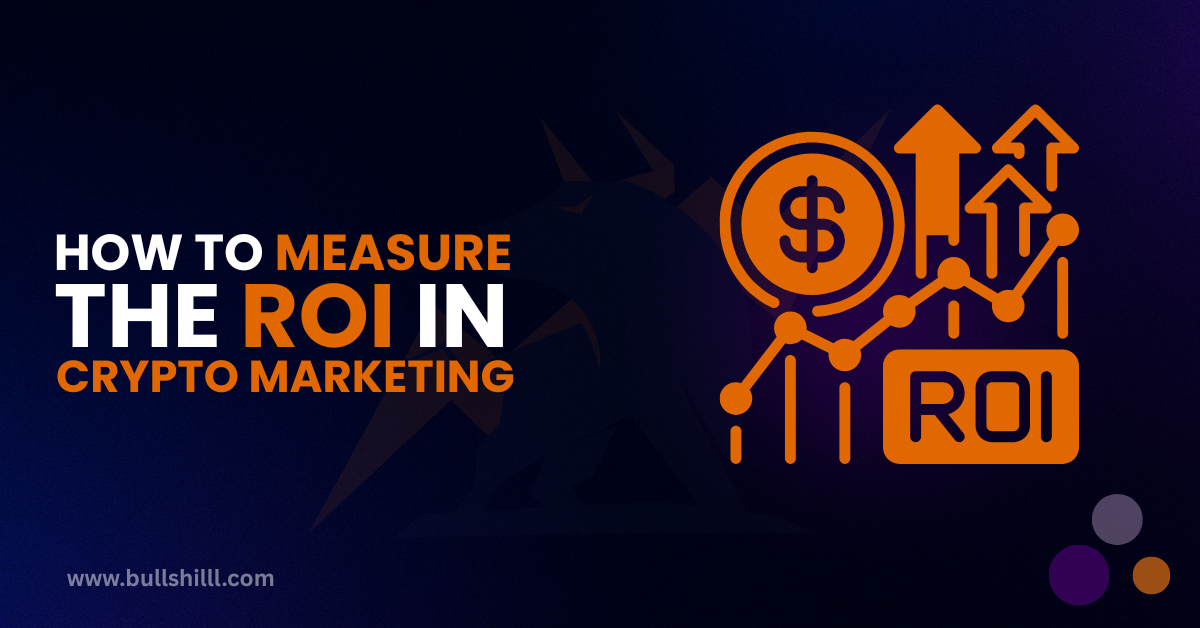There’s a saying, ‘if you can’t measure it, you can’t improve it’; the statement in crypto marketing has more impact than ever. Projects spend thousands of dollars in launching, listing on different exchanges, hiring influencers, and expend a lot of money in their journey, but they never measure their Return on Investment (ROI), and it is like you are flying blindly.
There’s also a misconception about ROI; a lot of people think that it is all about how much money they spend vs how much money they make, but actually, ROI is all about understanding which strategies bring real growth, token adoption, and long-term value.
If you’re asking yourself, “How do I actually measure ROI in crypto marketing?”, this guide breaks it down step by step, with proven tactics you can use right away.
Why Measuring ROI in Crypto Marketing Is Different
Crypto isn’t like traditional e-commerce, where ROI is directly tied to sales. Instead, success is a mix of:
- Community engagement (Telegram, Discord, X/Twitter)
- Token price action & liquidity growth
- Exchange volumes & holder increase
- Brand awareness and trust
Since crypto projects are built on hype, trust, and adoption, measuring ROI means looking at both financial metrics and community growth.
Step 1: Define Clear Objectives First
Before measuring ROI, you need clarity on what success looks like. Ask yourself:
- Are you trying to raise awareness before a token launch?
- Do you want to increase wallet holders or trading volume?
- Is the focus on long-term adoption or short-term hype?
Example: If your goal is 10,000 new token holders, your ROI isn’t measured in likes or impressions; it’s measured in verified wallet addresses.
Step 2: Track the Right Crypto Marketing Metrics (KPIs)

Not all KPIs are created equal in Web3. Some of the most effective include:
1. Financial KPIs
- Cost per Token Holder (CPTH): How much you spend to acquire one new investor.
- Return on Ad Spend (ROAS): Total revenue generated / advertising cost.
- Token Price Impact: Did campaigns help sustain or increase market cap?
2. Engagement KPIs
- Community Growth: Net new members in Telegram, Discord, or Twitter.
- Engagement Rate: Ratio of active users to total followers.
- Sentiment Analysis: Positive vs. negative mentions across platforms.
3. Conversion KPIs
- Funnel Tracking: How many people go from seeing your campaign → joining Telegram, → buying tokens.
- Exchange Conversions: Tracking wallet sign-ups or CEX/DEX transactions linked to campaigns.
Step 3: Use the Right Tools for ROI Tracking
![]()
Crypto marketing ROI requires specialized tools beyond Google Analytics. Some must-haves include:
- Dune Analytics / Nansen: On-chain analytics for tracking holders, volume, and wallet activity.
- Bitly / Custom Tracking Links: To measure which campaigns drive the most conversions.
- Discord & Telegram Bots: To analyze user engagement and retention.
- Social Listening Tools: Track mentions of your project across X (Twitter), Reddit, and forums.
Step 4: Calculating ROI in Crypto Marketing

The basic ROI formula applies:
ROI = (Net Profit from Campaign – Campaign Cost) ÷ Campaign Cost × 100
Example:
- You spend $20,000 on influencer + ad campaigns.
- The campaign brings 500 new holders who invest a total of $80,000.
- Net Profit = $60,000.
- ROI = (60,000 ÷ 20,000) × 100 = 300% ROI.
But in crypto, you also track secondary ROI metrics:
- Sustained holder retention beyond hype.
- Increase in DEX liquidity.
- Growth in brand mentions & sentiment.
Step 5: Long-Term ROI Beyond Just Money

Crypto projects live or die by trust and community. True ROI is not just about profit, but:
- Stronger community loyalty → people stay and build with you.
- Increased staking/holding → more stability in token price.
- Partnership opportunities → better listings, collaborations, and investor trust.
Pro Tips for Maximizing ROI in Crypto Marketing
- Test multiple campaigns (A/B test influencer posts, ad creatives, or community events).
- Invest in education → hosting AMAs, guides, and tutorials builds trust = long-term ROI.
- Leverage transparency → share marketing spend breakdowns with your community.
- Track both on-chain + off-chain data → because crypto lives in two worlds.
- Focus on quality over hype → short-term pump may look like ROI, but real ROI = adoption.
Conclusion: ROI Is More Than Numbers in Crypto Marketing

Measuring ROI in crypto marketing is not about lengthy spreadsheets and percentages; it’s about creating a project with long-lasting value. The best crypto marketers don’t chase hype of a project; they measure everything, and focus more on what works well, and have trust in the communities. If you treat ROI as both a financial compass and a community health check, you’ll not only grow faster but also survive the brutal cycles of the crypto market.
Ready to take your crypto marketing ROI to the next level?
At Bullshill, we specialize in Web3 and blockchain growth strategies that actually deliver measurable results. Our experienced team has already helped multiple projects track, optimize, and maximize their ROI through data-driven campaigns, on-chain analytics, and community growth tactics.
If you’re looking for a partner who understands both the numbers and the narrative, contact us today and let’s build your next success story together.
